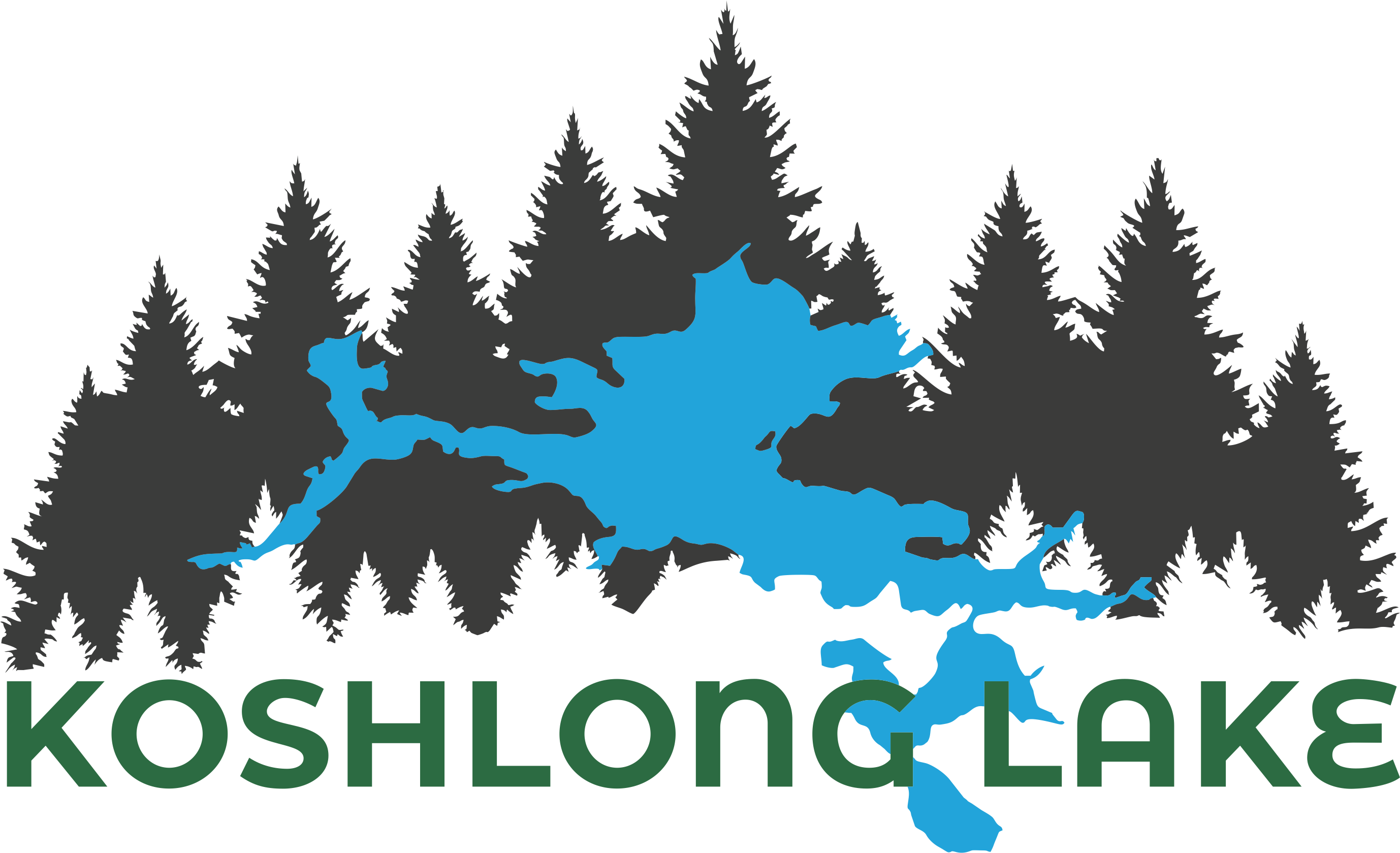septic & sanitation
Maintaining Your System
The #1 thing you can do to keep Koshlong Lake clean and healthy is to make sure your septic system is working optimally!
Most Cottages have septic systems, a series of tanks and drainage beds which hold and filter liquid waste from your kitchen and bathrooms. These operate differently than sewage systems and require care to prevent clogging and overflow, which can be costly to repair, and contaminate the lake you are here to enjoy. In our region of Haliburton, it is particularly important to maintain our septic systems properly because our soil and bedrock conditions are not always optimum for treatment.
Learn more below about how to care for your system.
Today’s septic tanks consist of water tight boxes divided into two compartments. Tanks are usually made of pre-cast concrete or plastic. Waste and water from your kitchen and bathrooms flows into the tank, where it separates into layers:
Bacteria must be present in the septic tank to digest the organic solids.Normal household waste provides enough bacteria to keep the digestive process working properly, but use of anti-bacterial products can harm essential bacteria, so solids cannot be properly digested. |
Overflow of solid material into the second compartment can cause septic failure!The main causes of failure are:
|
NEVER put in toilets or drains:
NEVER INSTALL A GARBURATOR! | Follow these Simple Tipsalways:
|
To learn more about septic maintenance, visit the Coalition of Haliburton Property Owners' Associations or the Federation of Ontario Cottagers Associations, or download the resources below:
Fact Sheet Homeowners' Guide Operation & Maintenance Septic Tips Septic Do's & Don'ts- Home
- Environment
- **GOOD PRACTICES**
- Septic & Sanitation
Thanks to KLA member Rob Horsburgh for his photograph of Wallace Island used as the background photo throughout this site


 SCRAPE them into the trash!
SCRAPE them into the trash!